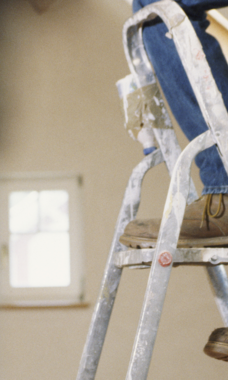Safely storing and disposing of your prescription medications helps keep family, friends, kids and pets in your home safe from accidental or purposeful ingestion.
The Vermont Department of Health Laboratory tests for intestinal parasites.
For most school children and staff, the second largest contributor to their radon exposure is likely to be their school. In 2021, the Vermont legislature passed a law requiring all schools to test for radon.
Resources for families and caregivers using Emergency Medical Services for their children.
What we eat and drink has a big impact on our bodies, including our teeth. Below are resources to use at school, work and home to help promote snacks and beverages that are oral health friendly.
Injuries, accidents and poisonings are common in homes. Taking precautions can help prevent them from happening in your home and help to keep yourself and your family safe.
Sudden Unexpected Death of an Infant (SUDI) is any infant death that is unexpected and initially unexplained. Frequently, the cause of the death is determined after a thorough investigation and autopsy by a medical examiner and coroner.
Schools share the responsibility with families and communities to provide students with healthy environments that foster regular opportunities for healthy eating and physical activity.
This resource provides guidance to school administrators and school nurses in the developing, implementing and evaluating school health services.






